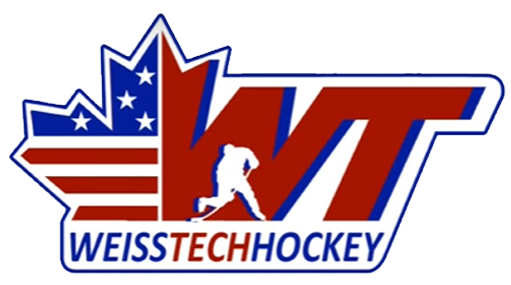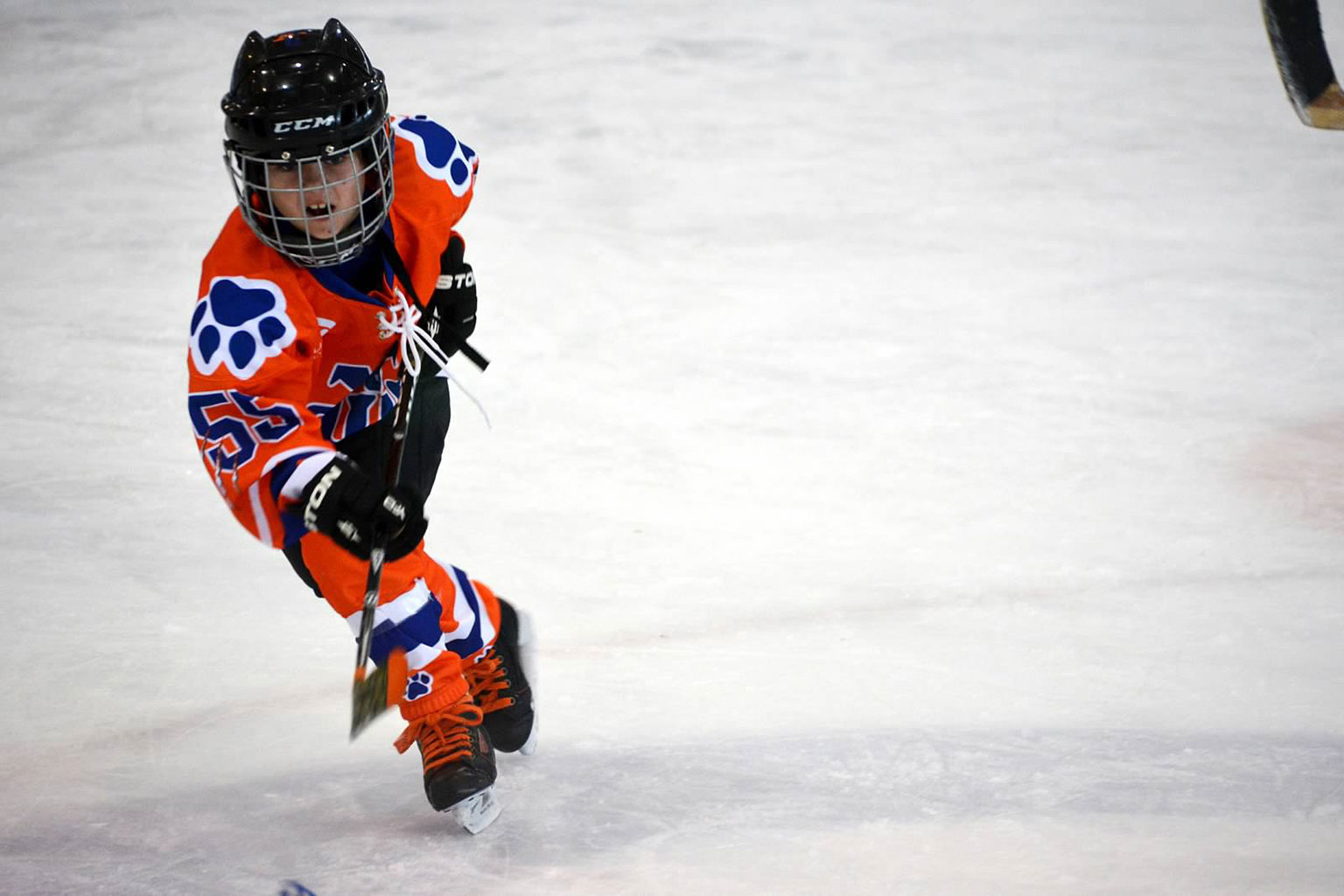ADM: What is Our Objective?
I have been thinking about this series of posts for almost four years now. The reason it has taken me this long to write it, is that I wanted to be sure I understood my own position, and that I could properly articulate why I felt the way I did. I also wanted to see if my intuition turned out to be right, or if I’d be proven wrong over a few years.
This will be the first in a series of articles about the ADM program. If you’re not familiar with ADM, it stands for American Development Model. In USA Hockey’s own words:
“The ADM is USA Hockey’s nationwide player-development program for youth hockey associations. It’s based on age-appropriate, age-specific competition and training for boys and girls, beginning with their first steps onto the ice and carrying them through age 18 and beyond. The ADM places a heightened emphasis on skill development and long-term athlete development principles, providing a blueprint for the best possible youth hockey experience. Put simply, it’s doing what’s best for kids.”
Sounds great, right? Who wouldn’t want the things listed in the above statement? The problem is, there are a lot of things about ADM that sound great on paper, but that do not translate well when put into action. This series will dive deep into these short-comings, with the hopes of sparking some debate, and encouraging better coaching, better programming, and better development for our youngsters.
This article’s main purpose is to ask the question “What is Our Objective?” The next articles will address the following topics:
- ADM: Teaching Competitiveness – The Practice-to-Game Ratio
- ADM: Teaching Competitiveness – Travel Hockey Recommendations and Ages
- ADM Coaching Education: The “Uncoaching” Approach – Part 1 – Station-Based Practices
- ADM Coaching Education: The “Uncoaching” Approach – Part 2 – Small Area Games
- Taking games seriously at young ages (keeping score, and having refs)
“Textbook” vs “Local” Implementation
Before I go any further with this, I would like to draw a distinction between what I call “textbook” and “local” ADM implementation.
I have had a number of discussions with folks who argue in favor of ADM, but then when I bring up certain aspects of the program I have problems with, they say “well ya, we don’t do that part of it in our local program.” To which I say “then you aren’t really running ADM…”
For example, I was discussing ADM with a parent who was a big fan of the program. I said “One of the things I have problems with is that ADM discourages “travel” or “elite” teams until age 13, so what are we supposed to do with our elite athletes until then?” The parent said “well in my area those top kids go to ‘such-and-such’ team, and they play against the other top teams. But they all run ADM too, and are having a great time with it.”
Apparently the message isn’t being made clear. If your program is running something contrary to ADM’s guidelines, then they aren’t really running ADM. Maybe they’re running bits and pieces of ADM, but according to the literature (which you can download below), their program is not fully in line with ADM’s recommendations:
My opinions in this series of articles are based on the idea of a TEXTBOOK implementation of ADM. Meaning, let’s theoretically take your youngster from Mite through Junior, following the ADM recommendations to a T, and pick apart what works and what doesn’t. After all… USA Hockey claims to have finally developed “a program that will provide a better future for all. All ages. All talent levels. All organizations. All of hockey.” (ADM Guide, 2011, page 1)
Is a “one-size-fits-ALL” model really possible? Let’s put it to the test and see!
What is Our Objective?
The first question that needs to be addressed is “What is Our Objective?” What is USA Hockey attempting to accomplish with the ADM program?
- Is the goal to have more success on the world stage? (i.e. More NHL’ers, World Championships, World Junior Championships, Olympic Medals, etc.)
- Is the goal to keep more kids playing hockey for longer?
- Or is the goal something completely different?
I think it goes without saying (but I’ll say it anyways) that each of these objectives requires a VERY different course of action, even from a young age. I don’t see a “textbook” implementation of ADM producing greatness in world competition. However, I do see it potentially keeping more kids playing hockey for longer––at a lukewarm level of skill and commitment.
USA Hockey is very concerned with drop out, which is great. However, I feel ADM’s recommendations often work to the detriment of the more talented players, who are capable of more, and who WANT more. An example of this is the discouragement of select & travel teams until age 13. Here’s a quote from the ADM Guide 2011 pamphlet:
“Once a player has reached the Bantam level, he or she can take part in an accelerated track. This track is designed to get them more ice time, which means more time can be devoted to specific skill development. It is a more rigorous track, but it is also one that provides talented skaters with more opportunity to hone their craft.”
In a TEXTBOOK implementation of ADM, the path is essentially the same for every player UNTIL Bantam.
There are a number of problems with this (assuming you’re looking to produce high-quality players), but here’s the biggest one in my mind:
Hockey has a very young life span, and the ADM wastes early years by handcuffing development for the top-level kids, in the name of keeping a “level playing field” to allow late bloomers to stay in the game longer.
It doesn’t really matter that the science says male athletes don’t reach their physical peak until age 23. The NHL draft is age 18. The World Juniors are U20. The Major Junior drafts are 14-15. Which means you have to be functioning at a HIGH level by Bantam… not just getting started on the “accelerated track.”
Your average player begins hockey around age 5. If our goal is excellence on the world stage, or more NHL’ers from the USA, that means we have roughly 10 years to get a kid capable of being drafted major junior. If they’re not major junior material by the time they’re draft eligible, they’re probably not going to be World Junior or NHL material either. So the race is to age 15 in my mind.
Now, if a player isn’t major junior material by age 15, does that mean all is lost? Heavens no! There’s still college, Tier II Junior A, etc. And from there, a few of the “late bloomers” still find their way to the show.
You might say, “well ya… but realistically, how many of these kids will go to the show?” That’s a very true point. The percentage is miniscule. But does that mean we CATER to the lower-end athletes, or to the lower-end goal? I say we should still treat every player’s development as if he or she is “NHL Material,” and let him or her progress at the fastest pace they’re capable of progressing. The better kids can progress in the better leagues, while the kids who aren’t quite ready yet can keep progressing at lower-level leagues.
Big Market vs Small Market Debate
One of USA Hockey’s selling points for the ADM program centers around the question of “What are the small-market countries doing to produce ‘so many’ NHL’ers per per capita?” USA Hockey supposedly studied the training methodologies of these small-market countries, then pieced various aspects of their programs together to form ADM.
Before moving forward, let me be clear on one thing: I LOVE THE IDEA OF LEARNING FROM OTHER PROGRAMS. In fact, I believe you can learn something from just about ANY coach if you’re truly a student of the game. I have picked up countless drills and techniques from my European colleagues, and it has truly enhanced my coaching game.
However, I think USA Hockey has missed the mark on this question. When you divide the world into regions, making each Canadian Province and American State a region, and each European country a region, we realize that Saskatchewan is producing nearly double the NHL’ers per capita as the next best region, which is Manitoba (talk about small markets!), and 9 TIMES more NHL’ers per capita than the top European country, which is Sweden. So why are we so enchanted by the European methodologies?

Do the Europeans produce good players? Yes! Can we learn from them? Yes! But there are two points I think we’re overlooking:
- USA is not a “small-market” country. We have the second highest number of U20 participants in the world, second only to Canada (see 2014 IIHF survey stats here). As a large market country, we have training advantages many other countries lack. We should use them.
- Canada and Russia/USSR are by far the most dominant countries on the world scene. If we’re going to borrow from other countries, why not pattern our development models after theirs?
I know some folks will be saying to themselves “Yes, but per capita isn’t fair, because Canada has many more PLAYERS per capita, so it skews the numbers.” This is true, but isn’t “growing the game” one of our objectives in the first place? Growing the game should be, and is, part of the development model.
The real question should be how has Canada been able to have such a high volume of participants in the sport for so many years? Personal experience tells me it hasn’t been by limiting opportunities for the elite players to play top-caliber hockey. We must make hockey a bigger part of the American culture, and this is done by striving for excellence, and catering to the development of the elite athletes. As the saying goes, “high tide raises all ships.”
Moving Forward
We’ll dive much deeper into these topics in the next few articles, but the main takeaways for this first article are as follows:
- USA Hockey needs to clarify it’s objective for the ADM.
- ADM administered in textbook fashion will not produce the type of elite players USA needs to be competitive in world competition
- If the objective is to be more competitive on the world scene, then changes need to be made to the ADM
- If the objective is to maintain a larger number of lukewarm participants for a longer number of years, then the current program will do just that (although you’ll have a lot of frustrated elite players, along with their parents)
- If you want to be the best at something, model your programming after the BEST countries, not the 3rd or 4th in line. Canada and Russia have each finished in the top 3 in the World Junior Championships 18 times since 1995. Sweden is next best with 8. (Click here for U20 medal counts)
As you’ll see in the subsequent articles, there are many aspects of ADM that sound good on paper, but that just don’t work when put into practice. The closer a program gets to “textbook” ADM, the less sense it makes when you see it in action.




I belive your initial statistics are faulty. more relevant would be the number of registered participants per country….you’d see the Euro’s are doing quite well:
http://www.kevinneeld.com/2011/the-state-of-youth-hockey
James1960 Great question – I figured I’d make a sound byte, rather than write it all out. Here you go: https://soundcloud.com/weiss-tech-hockey/should-elite-players-play
Jeremy, I know this might be for a different discussion, but what is your feeling on “elite” players playing house league if they are already playing on a select, AA or AAA team? Do you think it has any benefit for their development and do you think it can interfere the development of the less talented players?